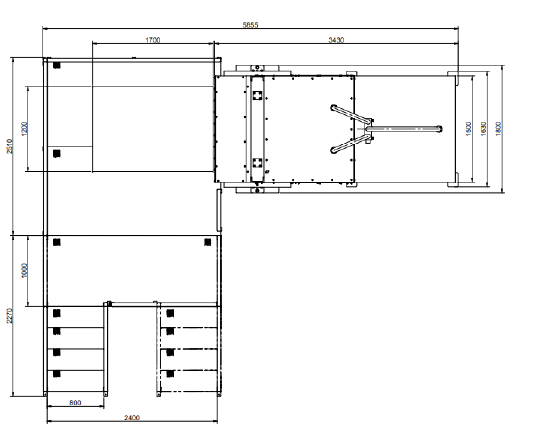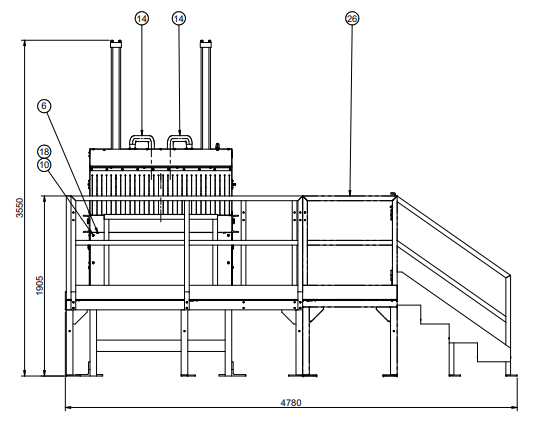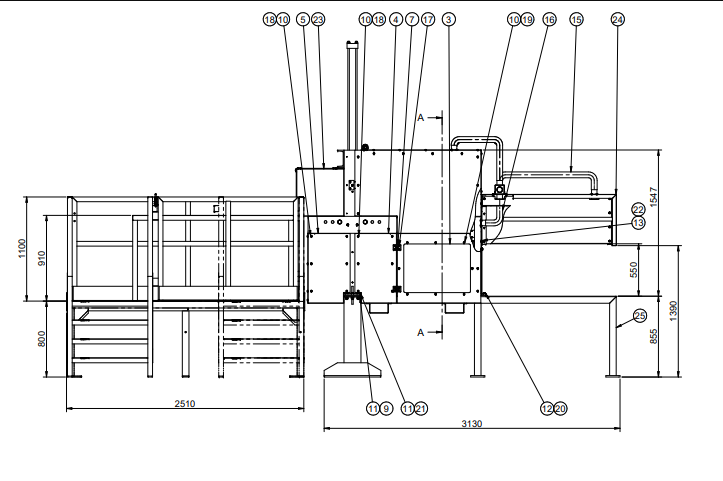Линия для измельчения алюминия предназначена для очистки исходного материала от инертных фракций и черных металлов. Линии по переработке позволяют получать высококачественный алюминиевый продукт, который можно поставить непосредственно в литейный цех, избегая дальнейших подготовительных работ. Заводы по переработке алюминиевого лома улучшают экономические показатели. Установки по переработке алюминиевого лома чрезвычайно гибки и универсальны и позволяют обрабатывать алюминиевые профили, алюминиевые банки и обычный алюминиевый лом. Stokkermill может спроектировать и построить заводы "под ключ" в соответствии с потребностями заказчика, выполнить настройку существующих заводов или предоставить отдельное оборудование для существующих линий. Как правило, линии переработки алюминиевого лома состоят из первичного шредера серии C или D, молотковой дробилки для достижения желаемого размера, систем отделения железа и отделения инертных фракций. Для получения любой информации о линиях по переработке алюминия, пожалуйста, свяжитесь с нами по нашему адресу электронной почты info@stokkermill.com
Линия шредирования алюминия подходят для следующих процессов:
- Электрическое и электронное оборудование и линии переработки (WEEE);
- Заводы и линии по переработке / рафинированию алюминия;
- Установки/линии обработки автомобилей с истекшим сроком эксплуатации (ELV);
- Линии обработки жестких дисков;
- Заводы и линии по переработке тонеров, картриджей;
- Заводы и линии по переработке солнечных батарей;
- Линии обработки пуха, текстиля;
- Заводы и линии по переработке кабеля;
- Заводы и линии по обработке электронных печатных плат;
- Заводы и линии по переработке кофейных капсул;
- Установки дробления отходов и очистные линии.















